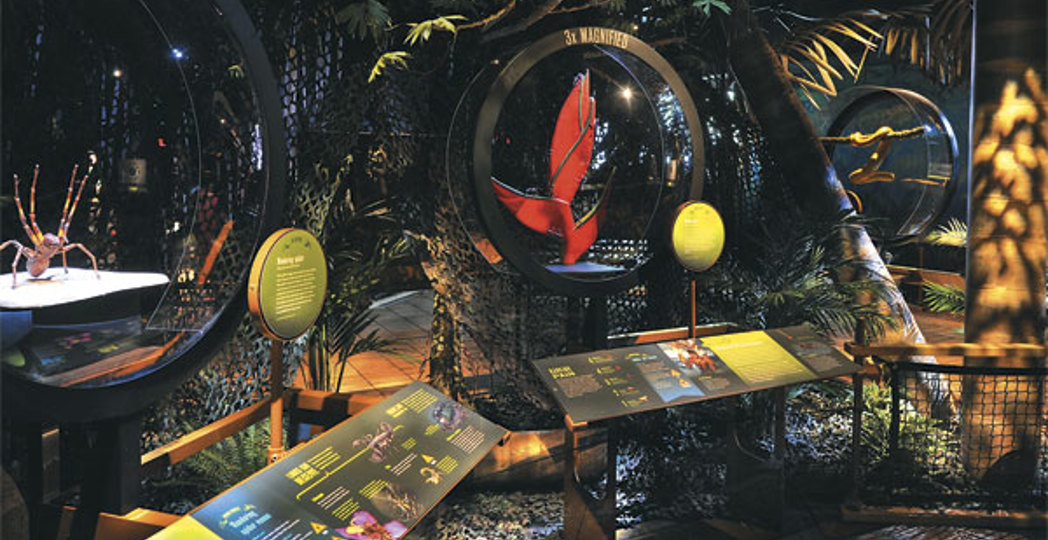Danger Zone
by Jason Brill | Feb. 17, 2016 | 5:00 AM

The museum's The Power of Poison exhibit is an evolutionary exploration of poison's role in nature, human history and health. Nicole Burt, the museum's postdoctoral fellow of human health and evolutionary medicine, carefully steps us through some highlights.
Kiss of Death: One 2-inch golden poison dart frog has enough nerve-stopping toxin to kill 10 grown men, but the exhibit's live ones aren't fed the specific insects they eat to produce the poison. "They're still bright yellow, and signal that I'm a danger," says Burt.
Leafy Greens: An Ohio-themed section highlights poison ivy's quick-acting toxin, which isn't just a skin threat. "If you burn it, you turn it into an airborne pathogen," warns Burt. "You can breathe it in and get those same rashes inside your lungs."
Mystic Mayhem: A display of the three witches from Macbeth mixing hemlock into their toxic brew shows how poison has impacted human myths and legends. "Hemlock is essentially a sedative," Burt says. "It is considered responsible for the execution of Socrates."
Trending
-
1
-
2
-
3
-
4
-
5










